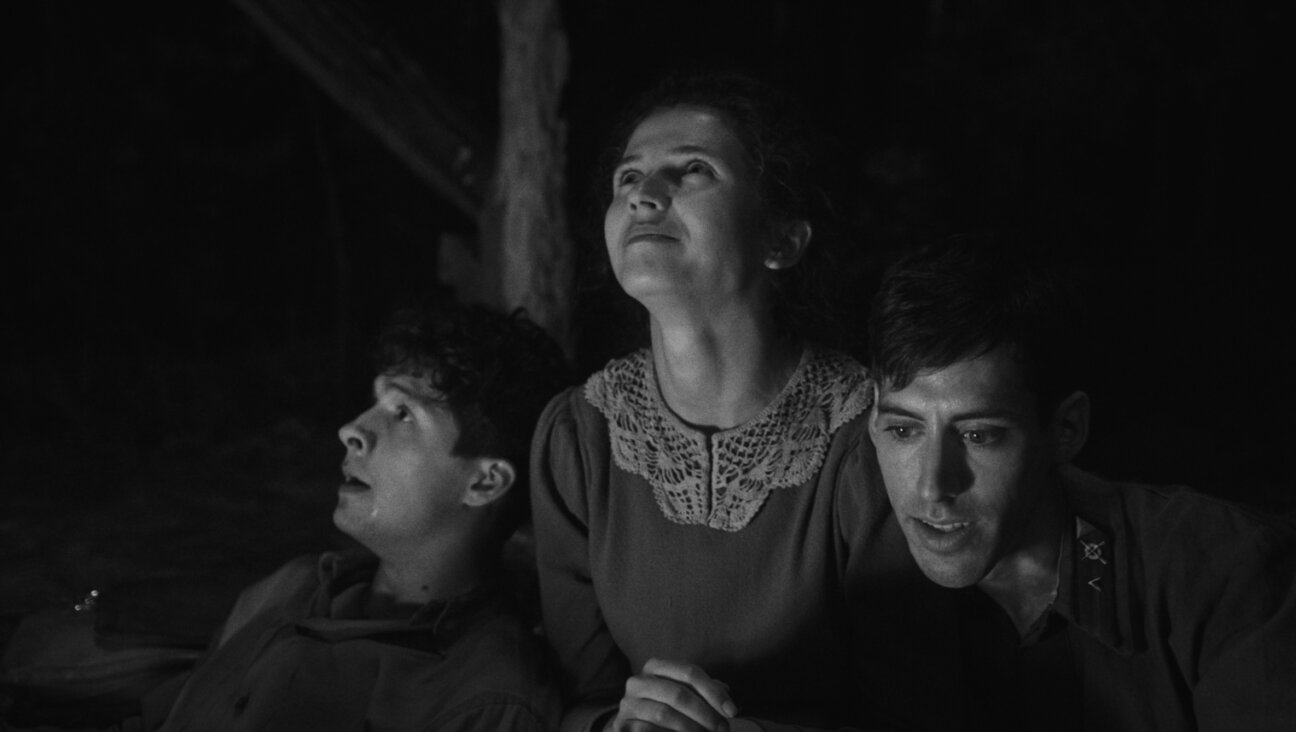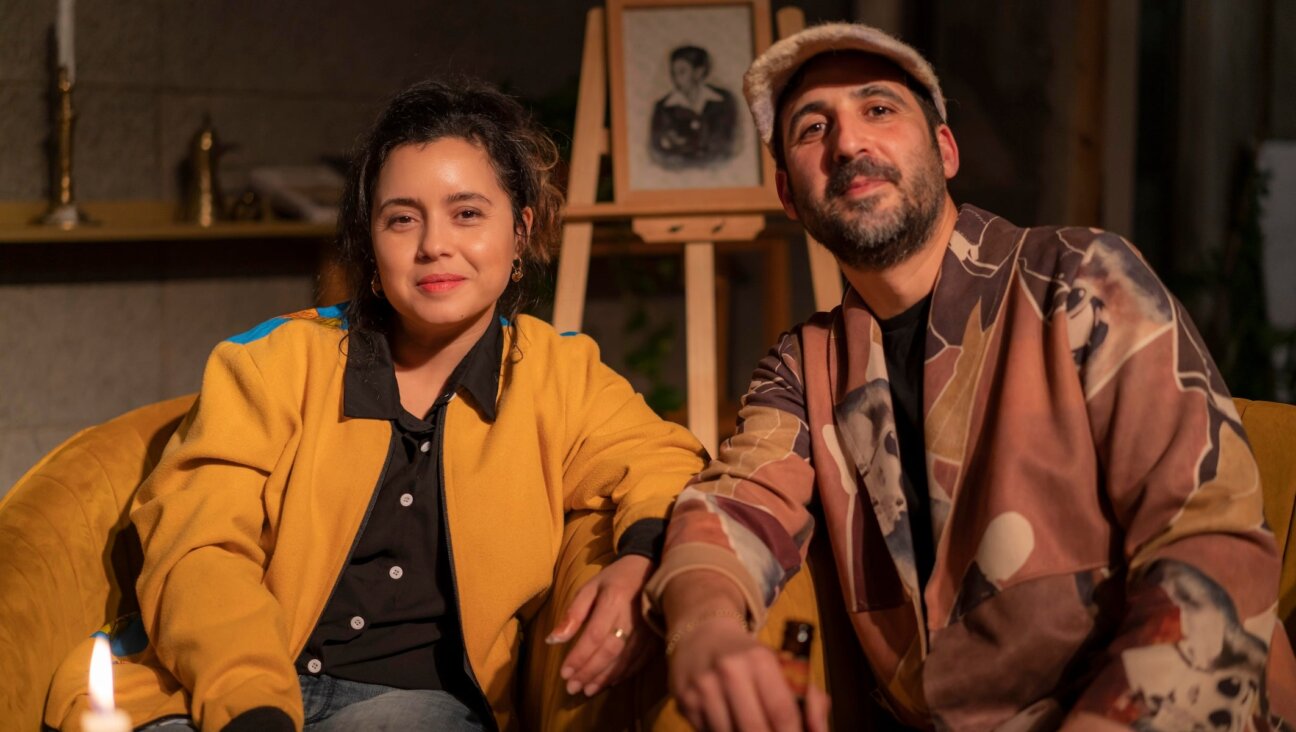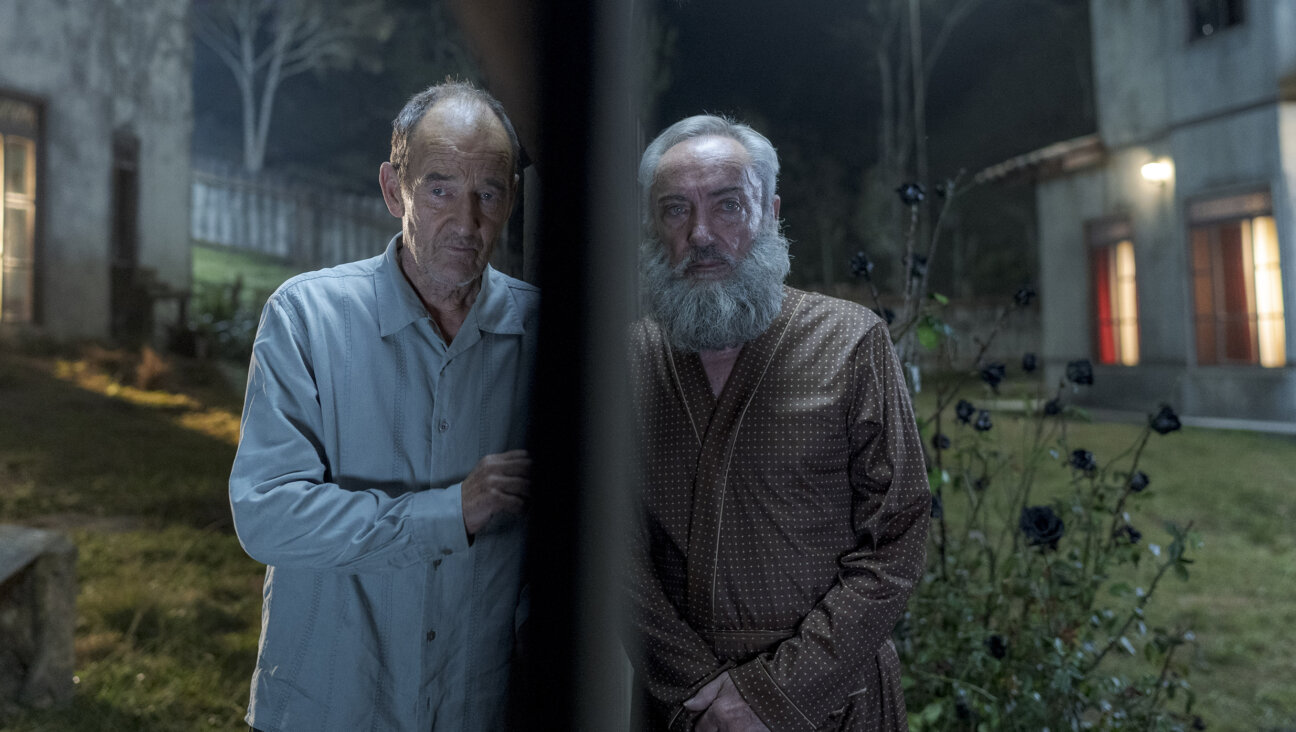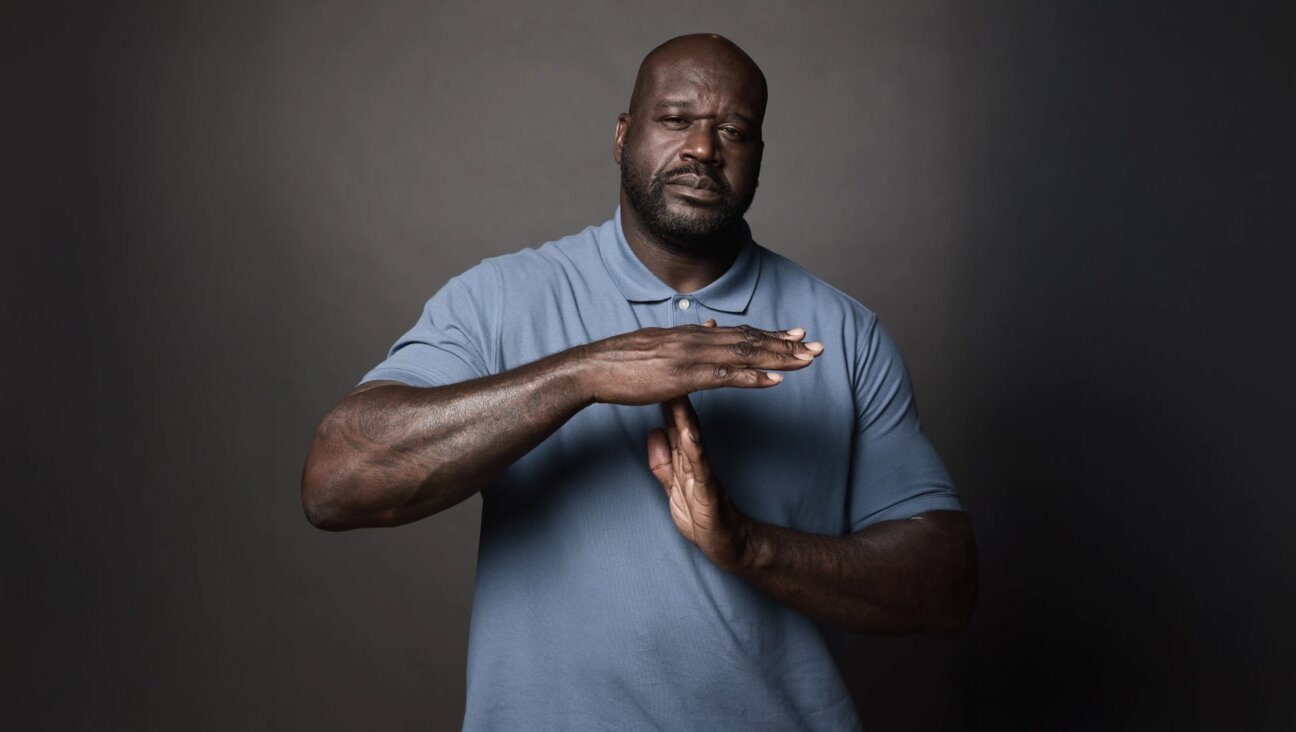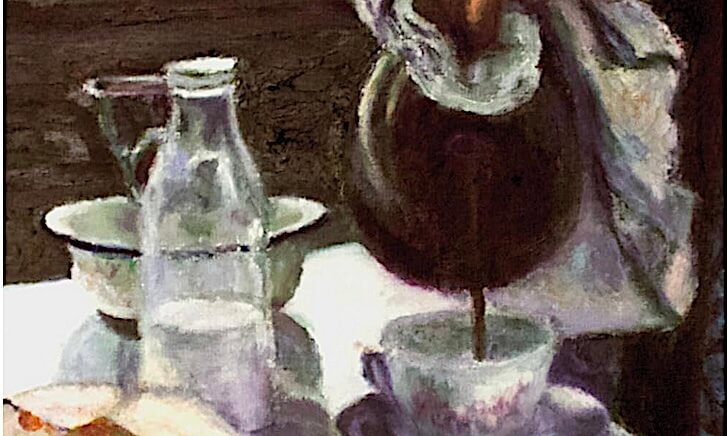Redemption of the First Shorn

First Cut Is The Deepest: Among some Jews, it is traditional for a boy to have his first haircut on his third birthday. Image by Getty Images
Forward reader Susan Rogol writes: “I receive many invitations to the ceremony of cutting the hair of a boy who has reached the age of 3, and I do not understand why it is referred to as an ‘upsherenish’ rather than an ‘upsheren.’ I always associate the Yiddish suffix “-nish” with something negative, as in umkumenish, a word often used by my mother. I’d love to know your opinion.”
This grammatical question leads in the end to more interesting territory. First, though, let’s deal with the technicalities, which are:
1) The Yiddish noun upsherenish or (in its standard form, with the stress on the first syllable) opsherenish denotes the custom, practiced among Ashkenazi Jews mainly by Hasidim, of giving a little boy his first haircut on his third birthday. It comes from the verb opshern, to cut off or give a haircut. The op- of opshern is a Germanic cognate of English “off,” the sheren of English “to shear.”
2) Opshern can function grammatically as a noun, too, in the form of an opshern, “a haircut.” When the haircut in question is a 3-year-old’s first, the nominal suffix –nish, a cognate of English “-ness,” is added. Despite Susan Rogol’s associations, however, “-nish” is not a suffix with inherently negative implications. It may sound that way in her mother’s favorite word, umkumenish, “disaster,” but this is only because the verb umkumen means to die by violent means. Normally, “-nish” is emotionally neutral, as in such words as finsternish, “darkness” (from finster, “dark”), baderfenish, “a need” (from badarfn, “to need”), etc.
Now let’s get back to Ms. Rogol’s question. Saying an opsherenish instead of an opsheren is a little like saying “a haircutting” instead of “a haircut.” Why the suffix?
Let’s think in English for a moment. We don’t say “a haircutting” instead of “a haircut,” but we do say “a sheep shearing” “a housewarming,” “a homecoming” and so on. What the “-ing” does is imply that a given event has a ceremonial aspect. The “-nish” in opsherenish performs a similar function: It distinguishes a religiously significant haircut from an ordinary one.
The religious significance of the opsherenish lies in the fact that when the little boy’s hair is cut, the side locks growing by the ear are left untouched in obedience to the biblical commandment “You shall not round the corners of your heads.” The result is striking, for these locks, which have by now become long and thick but have not been conspicuous amid all the other hair, suddenly stand out dramatically and mark (circumcision aside) the 3-year-old’s first observance of a specifically male ritual commandment.
If the bar mitzvah ceremony is the point in life at which, ritually speaking, a Jewish boy becomes a Jewish man, the opsherenish is the point at which a Jewish infant becomes a Jewish boy by shearing off his “girlish” tresses. As a reinforcement of this, it is also commonly treated as the occasion on which a male child is presented with his first talit katan, the ritual fringes that he will from now on wear beneath his shirt.
The ceremony of the opsherenish did not originate among Hasidim. Rather, it started in kabbalistic circles in 16th-century Palestine, in the town of Safed. According to tradition, it was first practiced by kabbalistic master Isaac Luria Ashkenazi (1534–1572), commonly known as “the Ari.”
Contemporary testimonies tell of Luria’s holding a family celebration on Mount Meron, by the tomb of the legendary rabbi Shimon bar Yochai, at which his 3-year-old son’s hair was cut. He may have been inspired to do this by the verse in Leviticus: “When you come into the land and plant all kinds of trees for food, then you shall count their fruit as forbidden…. And in the fourth year all their fruit shall be holy, an offering of praise to the Lord.”
The shorn hair of the opsherenish thus becomes an “offering of praise,” like the fruit.
Known as the ḥ laka (from the Arabic ḥ alaka, to give a haircut), the opsherenish spread among Jews in Arabic-speaking lands, too. In Israel today, it is customary to observe it on Mount Meron on the holiday of Lag B’ Omer, when hundreds of little boys have their hair cut in what can truly resemble a human sheep shearing.
Questions for Philologos can be sent to [email protected]
